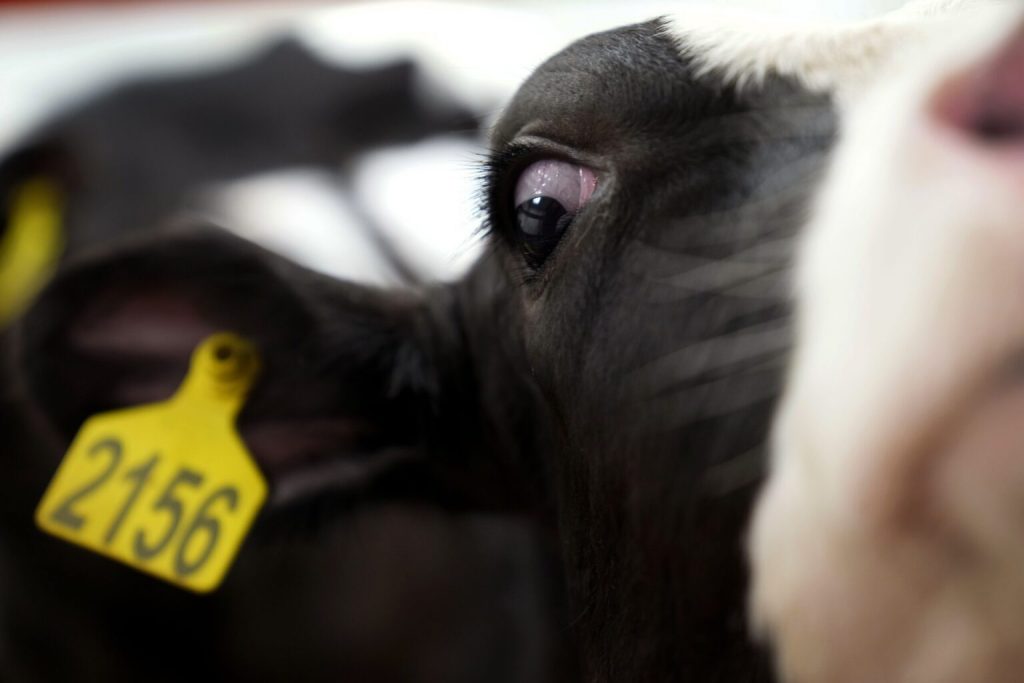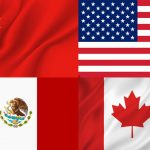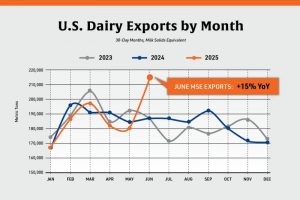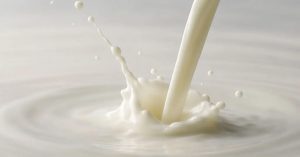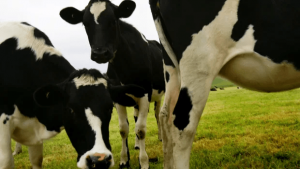
America’s push for more dairy concessions from Canada is like ‘being nibbled to death by ducks,’ according to one trade expert.
Howard Lutnick, U.S. President Donald Trump’s pick to lead the Commerce Department, has made it clear that Canadian dairy is on his mind.
The U.S. has long desired to expand access to the tightly controlled Canadian dairy market. At the same time, Canada has strongly defended its supply management system. Trump linked his threat to impose 25 per cent tariffs on Canada and Mexico to claims about fentanyl and migrants. And, when it comes to dairy, Lutnick is making it clear that Canada will face a familiar fight.
Dairy trade might be small—the U.S exported US$1.09 billion worth of dairy to Canada in 2023, while the total amount of goods shipped across its northern border was about US$354.36 billion—but the industry has a reputation as a longtime cross-border irritant.
“The U.S. comes after access to the Canadian dairy market [in] every negotiation,” Peter Clark, an Ottawa-based international trade expert, wrote in an email. “It is like being nibbled to death by ducks.”
What did Lutnick say?
On Wednesday, at his Senate confirmation hearing, Lutnick claimed that Canada treated American dairy farmers “horribly” and said that it had to end. He added he would work hard to ensure U.S. dairy farmers “do much, much better” in Canada than “they’ve ever done before.”
Jacques Lefebvre, CEO of the Dairy Farmers of Canada, said in an emailed statement that the facts do not support Lutnick’s assertions that Canada treats U.S. dairy farms unfairly. “We need only to look at the current trade imbalance in dairy, which greatly favours the U.S.”
Canada exported $293.3 million in dairy products to the U.S. in 2023.
Who asked him?
It was no surprise that dairy came up in an exchange with Sen. Tammy Baldwin, a Democrat from Wisconsin. The dairy industry contributes some US$45.6 billion to the Wisconsin economy and supports more than 150,000 jobs there. Canada is the top destination for Wisconsin dairy exports, accounting for US$117 million in 2023—about 23 per cent of the total.
Interestingly, Baldwin was pressing Lutnick about the negative impact that proposed tariffs on Canada, Mexico and China would have on Wisconsin dairy farmers. She suggested retaliatory tariffs would reduce exports “to a degree that would harm farm milk prices and processors’ profitability significantly.” She sought assurances that prices will not go up.
What did Lutnick mean?
Canada protects its dairy sector through a supply management system, which was created in 1972 following wild price fluctuations and unstable income for dairy farmers in the 1960s. The poultry and egg industries are also under supply management.
A dairy farmer must hold a quota that determines the volume of dairy—measured in daily kilograms of butterfat—they can produce and sell. They are also guaranteed a floor price. On top of bringing stability to the domestic dairy market, supply management also largely shields it from foreign exports—even under the U.S.-Mexico-Canada Agreement (USMCA).
What happened during the USMCA negotiations?
Dairy was a major sticking point when the first Trump administration sought to renegotiate the North American Free Trade Agreement (NAFTA) in 2018. Trump said he wanted Canada to get rid of its supply management system. Prime Minister Justin Trudeau said that was a non-starter.
In the end, Canada agreed to open up about 3.5 per cent of its market share to U.S. dairy products. A system of tariff rate quotas (TRQs) set the maximum amount for each category of dairy ingredients that can be imported without exorbitant duties. Canada also agreed to get rid of separate classes for certain Canadian milk ingredients used to make yogurt and cheese. This had been one of the thorniest aspects of the talks, as that had slashed prices for Canadian ingredients and made it harder for U.S. dairy farmers to sell to Canadian factories.
Still not over?
When Trump signed the USMCA in January 2020, he called it “a monumental win for American farmers and ranchers” that was expected to boost annual dairy exports by nearly US$315 million. The next year, the administration of former U.S. president Joe Biden made dairy the subject of the first dispute settlement panel proceeding under USMCA.
Canada lost. The panel found that Canada had violated USMCA by allowing Canadian producers to control the majority of the TRQs. Canada claimed a partial, but important, victory in the panel upholding the supply management system as legitimate.
It did not end there. In 2023, the U.S. again went to the dispute settlement panel, accusing Canada of not going far enough in responding to the first ruling, including by excluding retailers from TRQs. Canada won that round.
What next?
Canadian dairy—and the supply management system in particular—was already expected to be a hot topic when USMCA comes up for review in July 2026. “The U.S. has consistently alleged that Canada is improperly implementing the commitment. In the next round of negotiations, the U.S. is certain to revisit this by either demanding stricter enforcement of their current deal or requesting that the system be scrapped altogether,” Marc Ercolao, an economist with TD Bank, wrote in an October 2024 note about the potential impact of tariffs.
That will likely remain a no-go for Canada, as politicians have long protected the supply management system, with dairy farmers making up key voting blocs in Ontario and Quebec. The Conservative Party of Canada policy declaration supports supply management too. Canada has also always argued that the U.S. dairy industry is also protected through government subsidies.
Still, the “America First” trade policy memo released the day Trump took office suggests the White House is looking for more than minor tweaks. It instructs the U.S. trade representative to “assess the impact of the USMCA on American workers, farmers, ranchers, service providers, and other businesses and make recommendations regarding the United States’ participation in the agreement.” That report is due April 1.
You can now read the most important #news on #eDairyNews #Whatsapp channels!!!
🇺🇸 eDairy News INGLÊS: https://whatsapp.com/channel/0029VaKsjzGDTkJyIN6hcP1K
